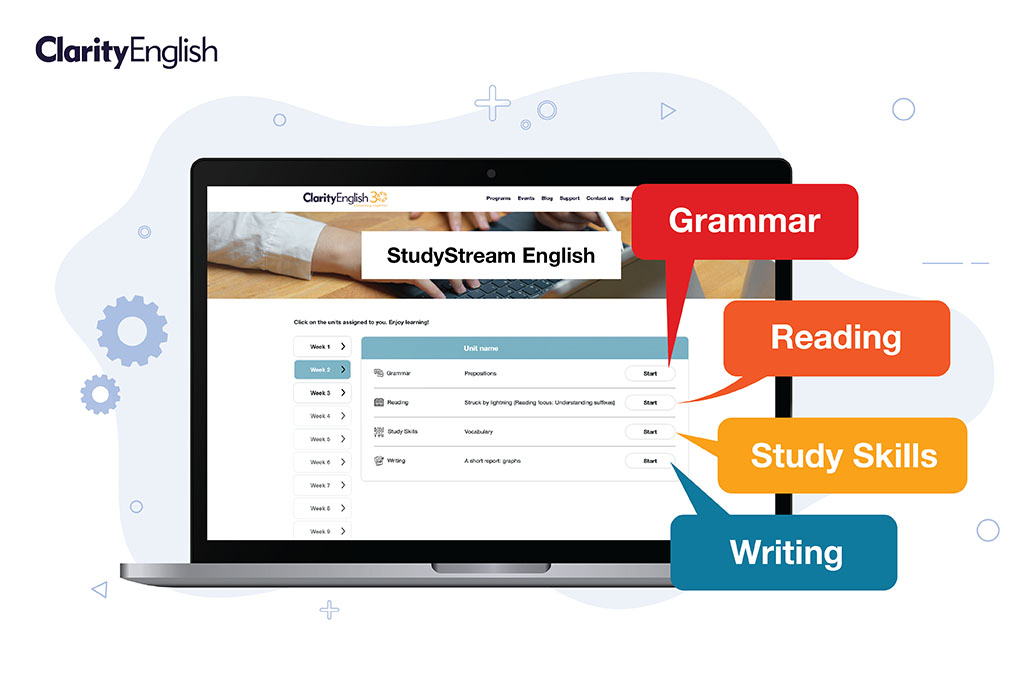“The Ministry keeps raising the level they want our students to achieve, but they don’t give us any more time. How do we persuade them to increase our contact hours?” That was one of the questions in the Q&A session when I gave a talk to teachers at a recent university conference in Indonesia. There were many nodding heads from the rest of the audience.
It’s a familiar story around the world. Ministries of education – rightly – have ambitious targets for the English-language proficiency of their university leavers. But when you talk to teachers, you’re quickly reminded of the gap between aspiration and reality. In Indonesian universities, most students only receive structured tuition in their first year, unless they’re majoring in English. After that, they’re largely on their own, expected to hit a TOEFL ITP score of 450–500 (equivalent to around B1+ or IELTS 4.5–5.0).
To support independent students, many universities offer well-equipped language centres, stocked with both digital and print resources, in principle empowering students to guide their own progress. But in practice, uptake isn’t as high as it should be. Why? Some students are short on time, others are focused on their main subject, but a large number are simply overwhelmed. Without teacher guidance, they don’t know where to start.
One answer lies in offering students semi-directed study programs. Teachers can use a simple course builder tool – Clarity’s is called StudyStream English – to select the most appropriate materials from a range of digital resources and build a structured, customised mini-course. The resources can then be automatically delivered to students one unit at a time. It’s still independent learning, but with scaffolding: there’s a logical structure, a manageable pace and relevant content.
ClarityEnglish recently ran a project through the HOPES initiative, supporting Syrian refugees in higher education. Content was drawn from across the full range of Clarity programs, including writing, grammar, pronunciation, reading, study skills and IELTS preparation. Pre-test and post-test scores showed that independent students made as much improvement as in-class students in the number of hours available. Usage data for the amount of time and number of activities completed also indicated that students stuck with the program – an important finding when we know that independent students frequently fall away after the first week or two.
In a traditional classroom, teachers ensure a balance of input, practice and skills development. Independent learners, by contrast, typically opt to do activities they are good at, or enjoy, rather than tackling the full range of skills and addressing their weaknesses. The StudyStream English package offers teachers a tool to help their learners navigate the pitfalls of independent learning. With this kind of solution, the self-study student doesn’t have to go it entirely alone – they have a clear path forward to bring them closer to achieving their goals.
Take a look at exactly how StudyStream English works.

